Main navigation
Researched and Written by
Dr. Fred Stamler
Dr. Fred Dee
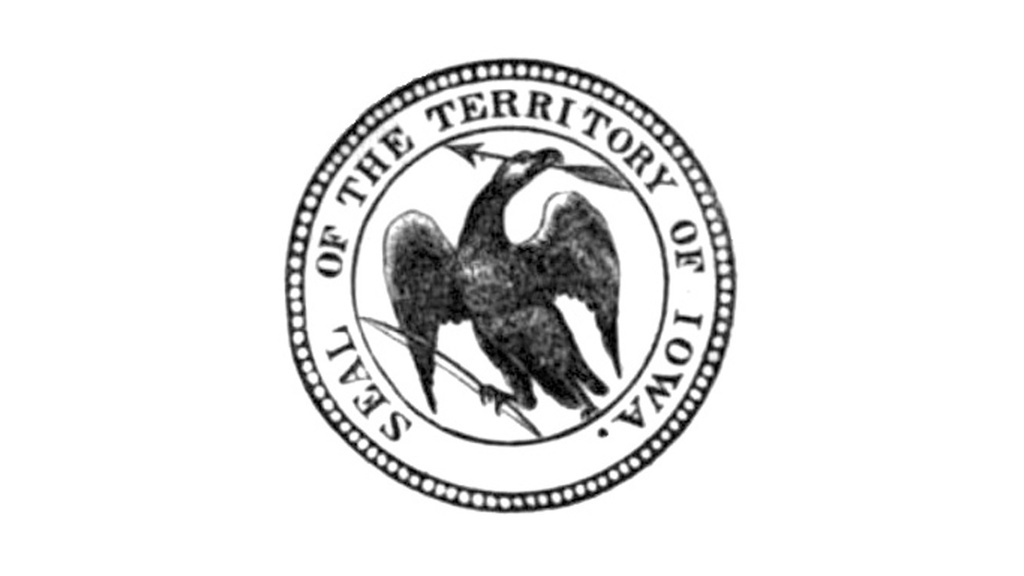
The Territory of Iowa is Formed
1838Iowa became a separate governmental entity in 1838, when a strip of land lying west of the Mississippi River was taken from Wisconsin Territory to form Iowa Territory, with Burlington chosen as the first Capitol.
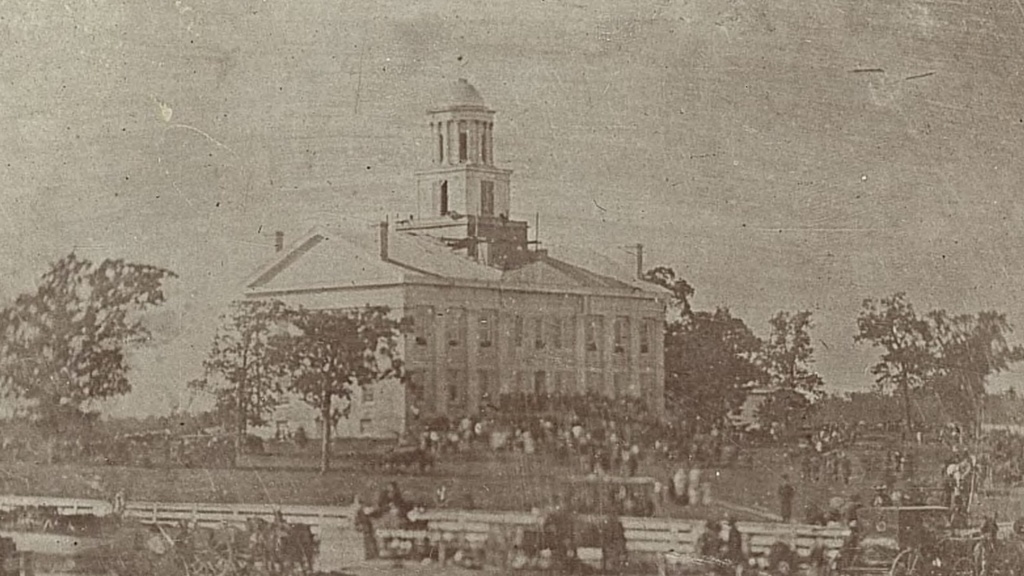
Origin of a state university
February 25, 1847The first General Assembly of the State Legislature passed an act on February 25, 1847 to implement the provisions of the constitution, which included guidelines for the origin and development of a state university.
A Medical Branch of the University is Born at Keokuk
1850In February, 1850, the Trustees of the State University approved the request that the Davenport college be recognized as the Medical Department of the State University of Iowa, official notification being given on March 18, 1850.
University Medical Department Created at Iowa City
1870The legislative edict that all branches of the University be located in Iowa City caused controversy over the Medical College at Keokuk, but it was allowed to continue as the official Medical Department of the University until 1870 when a newly created school at Iowa City became the official Medical Department of the State University of Iowa.
Department of Pathology and Bacteriology Created
1892The University Catalogue of 1892-93 announced the addition of a Department of Pathology and Bacteriology to the Medical Department.
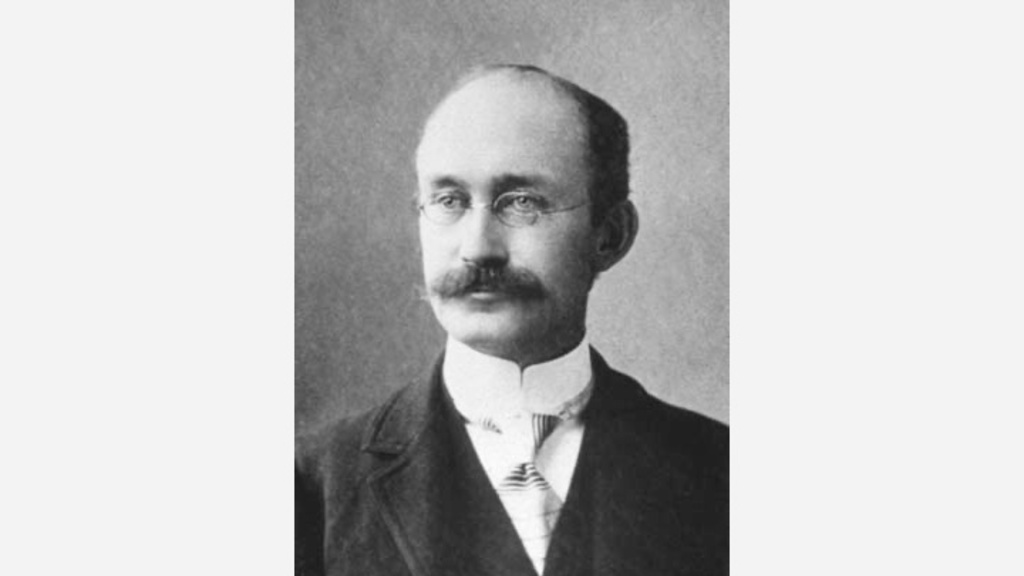
Bierring Heads New Department
1893Dr. Bierring, in writing of the early years of the Department, characterized his position as truly "full time". In addition to courses of didactic instruction, laboratories of Microscopic Pathology and Bacteriology were quickly organized and put into operation, aided by use of tissue specimens, blocks and bacterial cultures obtained from medical centers of Europe and the eastern United States.
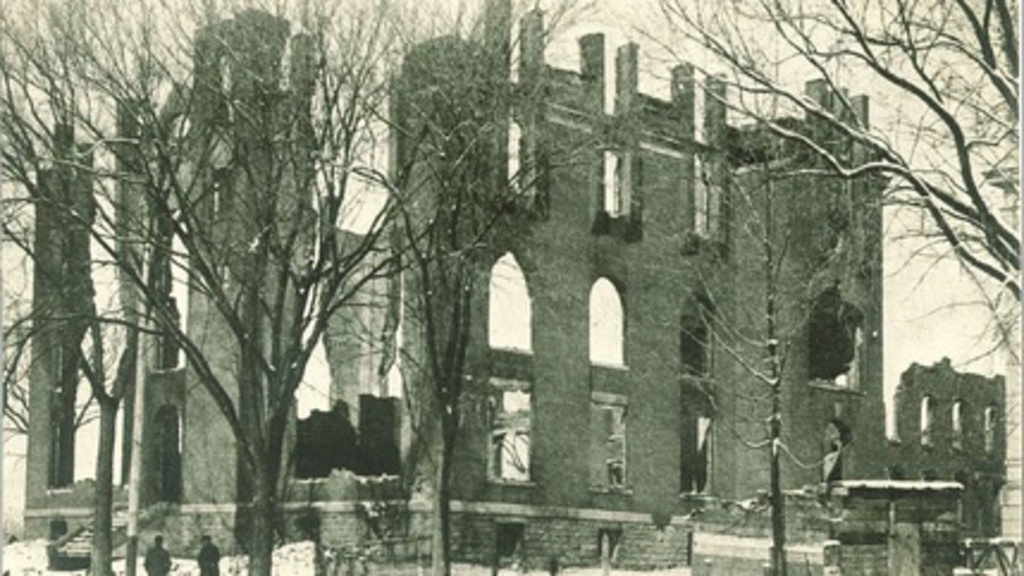
Medical Building Destroyed by Fire
1901On March 1, 1901, the general medical building was completely destroyed by fire, along with nearby South Hall, with the complete loss of Medical College laboratories and teaching equipment and materials.
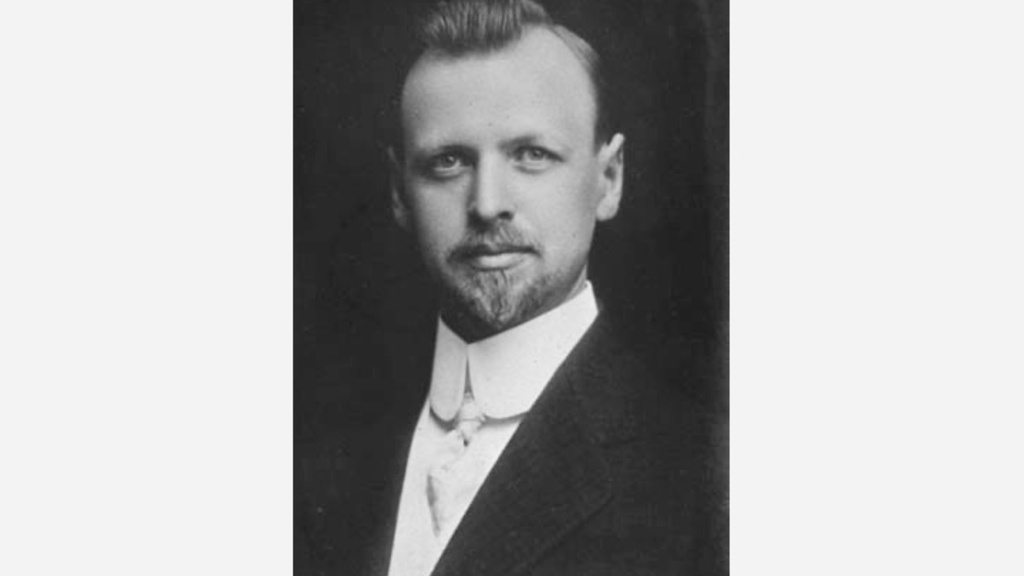
Henry Albert Becomes New Head of Department
1903The University Catalogue of 1903-04 listed Henry Albert, BS, MS, MD, an Acting Professor in charge of courses in the Department of Pathology and Bacteriology.
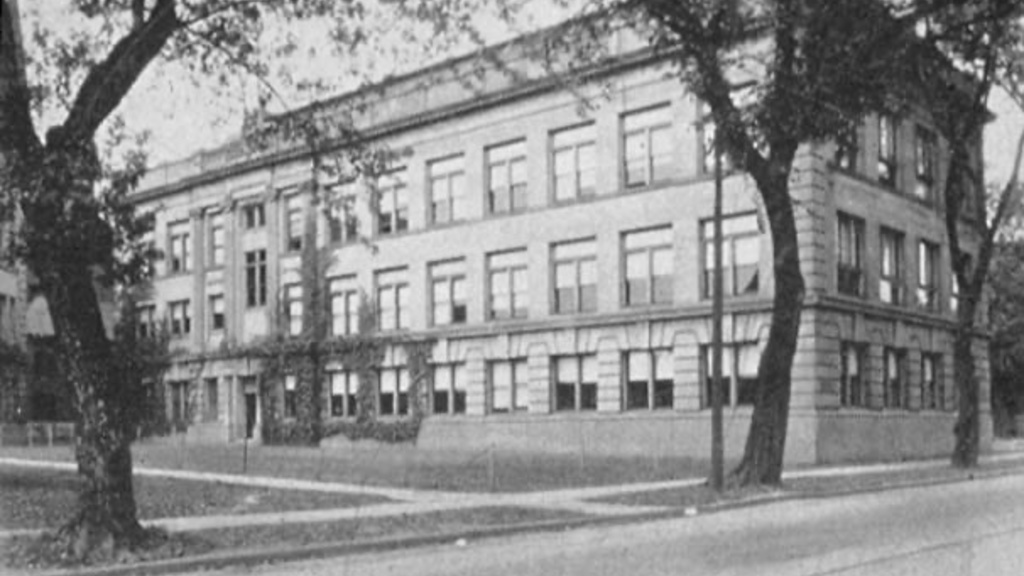
Medical Laboratory Building
1904The Department moved into its third floor quarters in the new Hall of Histology, Physiology and Pathology in the fall of 1904. This building, later to become known as the Medical Laboratory Building, was the home of the Department for the next 24 years.
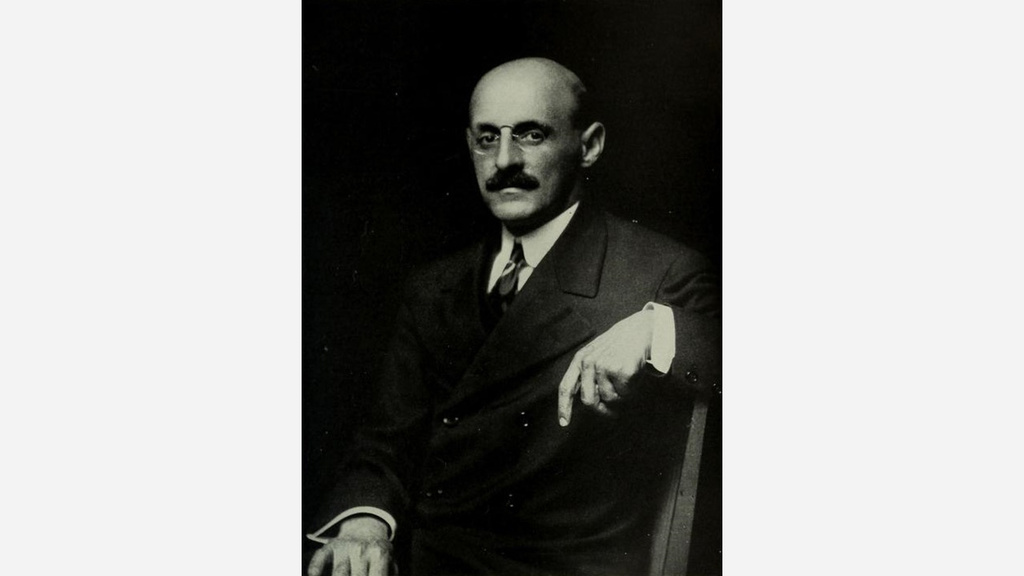
The Flexner Report
1910Abraham Flexner, a 42-year-old former schoolmaster and Johns Hopkins graduate from Lexington, Kentucky, set out to visit and evaluate all of the 155 "medical schools" in the United States. His results were published in 1910.
The clinical facilities of the Medical College of the State University of Iowa were thought by Flexner to be seriously inadequate. William R. Boyd, Chairman of the finance committee of the University Board of Regents, refused to accept Flexner’s conclusion that the school faced dismal prospects for the future, and expressed his resolve to bring the medical school up to approved standards.
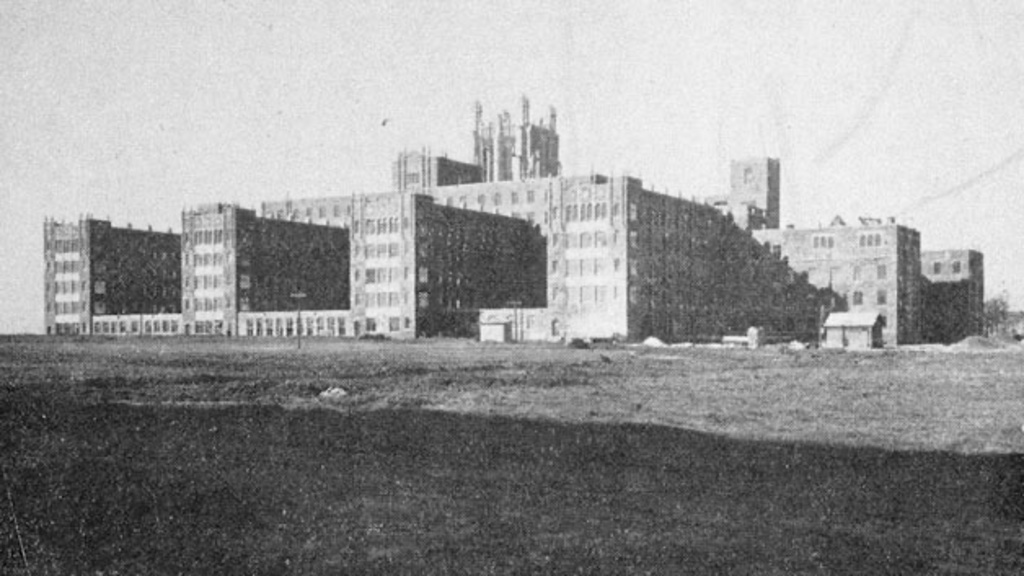
The Rockefeller Connection
December 1922In December of 1922, Flexner, impressed with the progress made by Iowa since 1910, was able to announce the gift of two and one quarter million by the Rockefeller Foundation and the General Education Board. The following spring the Iowa General Assembly passed a bill providing for Iowa’s share of the building cost. On June 17, 1924, Governor N.E. Kendall turned the first spadeful of sod, and in the fall of 1928 the new buildings were formally dedicated.
Henry Albert Leaves Department, Returns as Commissioner of Health
1921Henry Albert left Iowa City in 1921, and for the next nine years the Department was directed by a series of Acting Heads. In 1922 he accepted appointment as director of the State Hygienic Laboratory and Professor of Bacteriology at the University of Nevada at Reno.
Albert left Reno in 1926 to return to Iowa as Commissioner of Health, the head of a newly reorganized Iowa State Department of Health. In his acceptance statement published in the "Journal of the Iowa State Medical Society", December, 1926, he expressed his resolve to make the Department of Health a strong one dedicated to serve the State and medical profession of Iowa.
Hygiene and Preventive Medicine Becomes a Separate Department
1920In the 1920-21 catalogue, Hygiene and Preventive Medicine is listed as a division within the Department of Pathology and Bacteriology for the last time. The following year, a separate Department of Hygiene and Preventive Medicine is listed with Associate Professor Donald Morse Griswold, MS, MD, as Acting Head.
A Headless Department
1921–1930Edgar Mathias Medlar was named Acting Head of the Department of Pathology and Bacteriology to fill the vacancy caused by Albert’s leave of absence in 1921.
Frederick W. Mulsow, MD, PhD succeeded Medlar as Acting Head of the Department of Pathology and Bacteriology in 1922.
George Henry (Gus) Hansmann, MD replaced Mulsow as Acting Head of the Department in 1925, and retained that position until 1930 without promotion in rank or confirmation as Head.
The H.P. Smith Era
1930–1945Harry Pratt (H.P.) Smith became Professor and Head of the Department of Pathology and Bacteriology at Iowa in 1930 and remained for 15 years before accepting a similar position at Columbia University in 1945.
H.P. Smith came to his new position resolved to establish within the Department a strong center of experimental pathology such as he had known at Berkeley, Baltimore, and Rochester. Dr. Smith had decisive views concerning attitudes and qualifications necessary for a successful career in basic medical research, and a firm belief in the value of taking direct action to correct perceived deficiencies in these attributes.
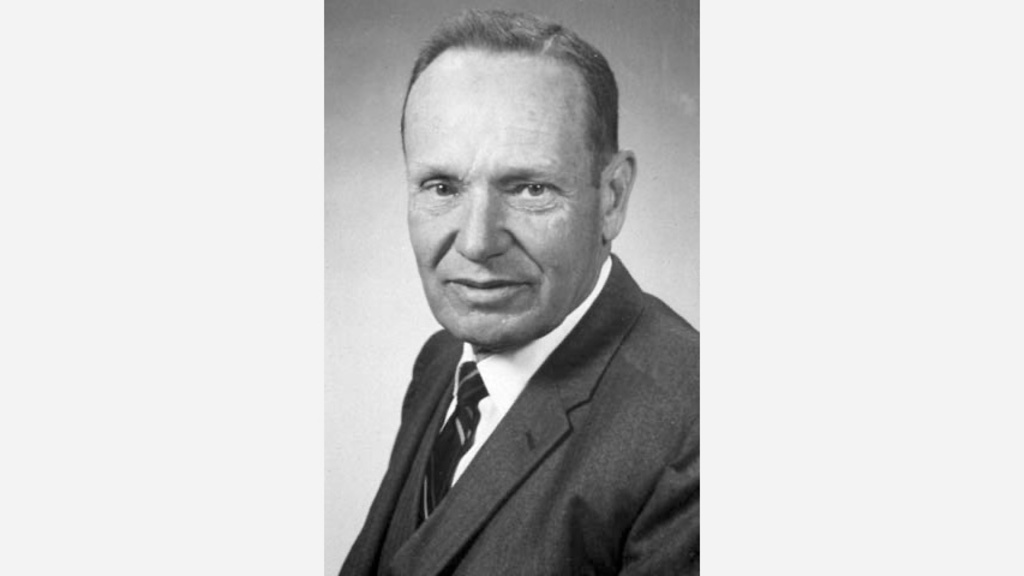
The Warner Years
1945–1970Emory Warner became head of the critically-depleted-war-time department in 1945.
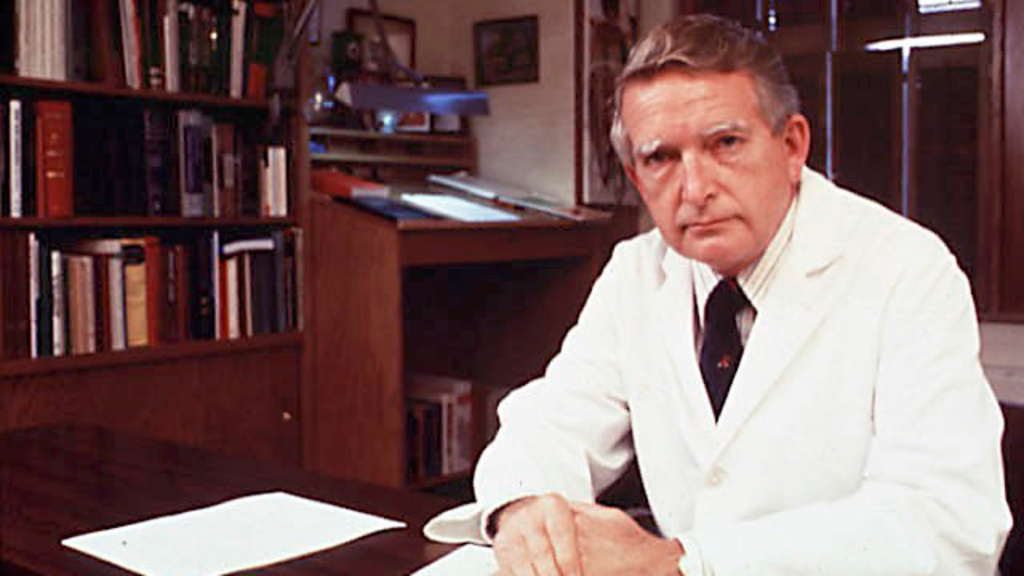
The Penick Years
1970–1981George Dial Penick, a graduate of Harvard Medical School and a colleague of Kenneth Brinkhous at the University of North Carolina becomes chairman in 1970.
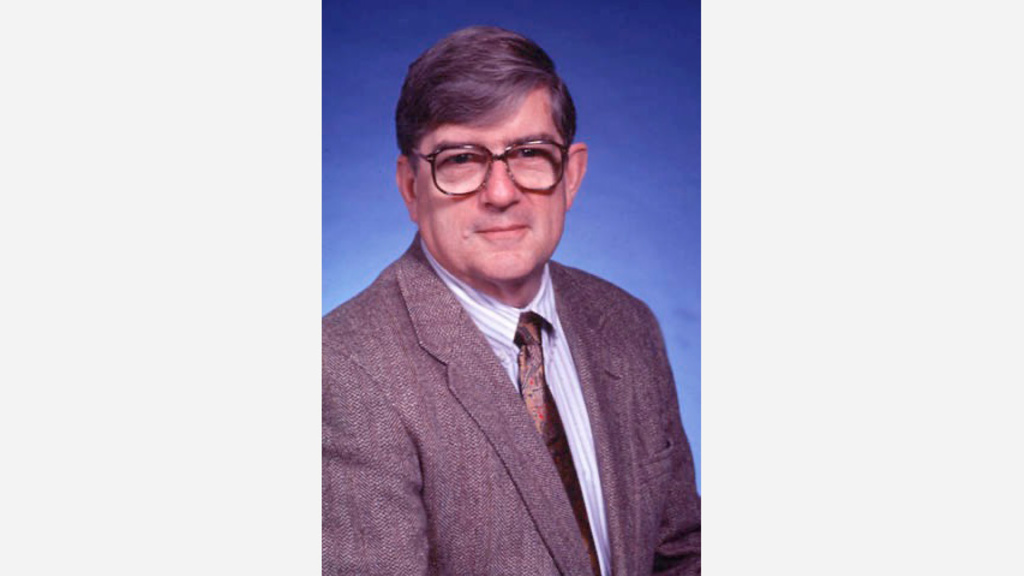
Richard G. Lynch, MD
1981–1993, 1994–1999In 1980 the with the retirement of George Penick the institution began a search for a new chair who would maintain the excellence in education and service developed over the previous decade, while at the same time markedly expanding the research activities of the department. This search culminated in the appointment of Richard G. Lynch, MD, a graduate of the University of Rochester with postgraduate training at Washington University in St. Louis. Dr. Lynch came to Iowa as a very well established investigator with national and international recognition in immunology research.
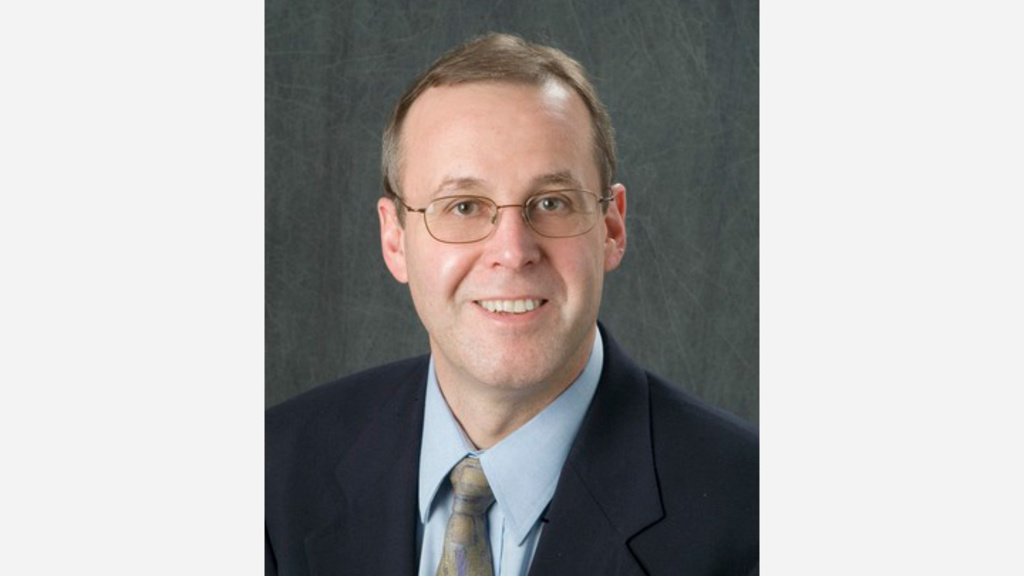
Michael B. Cohen, MD
1999–2011On November 1, 1999, Michael B. Cohen, MD, became the new head of the Department of Pathology. He succeeded Richard G. Lynch, MD, who had led the department since 1981.
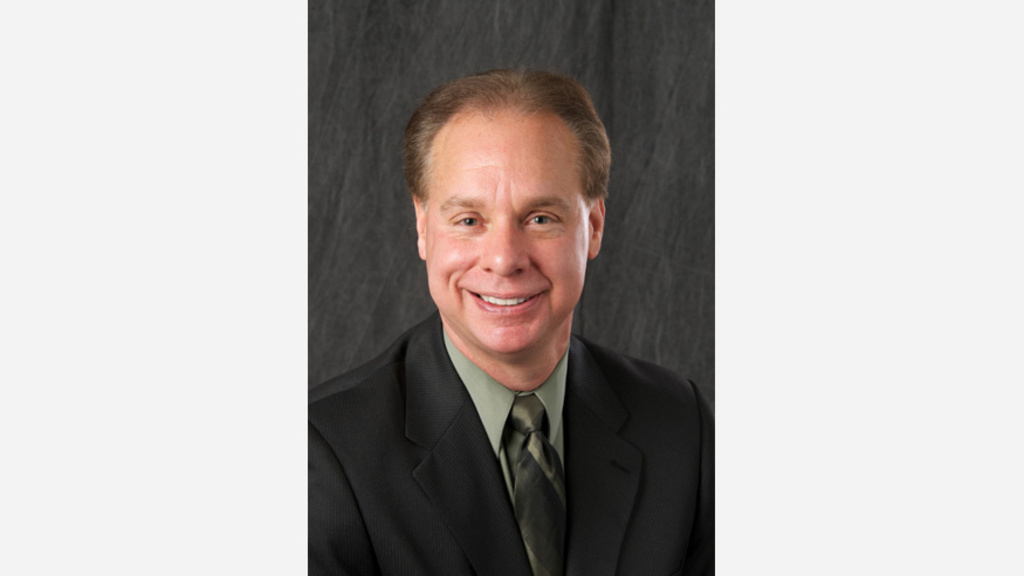
Barry R. DeYoung, MD
2012On February 1, 2012, Dr. Barry De Young became the Interim Head of the Department of Pathology. Dr. Michael Cohen, who has stepped down as head, was appointed Professor of Pathology at the University of Utah in Salt Lake City.
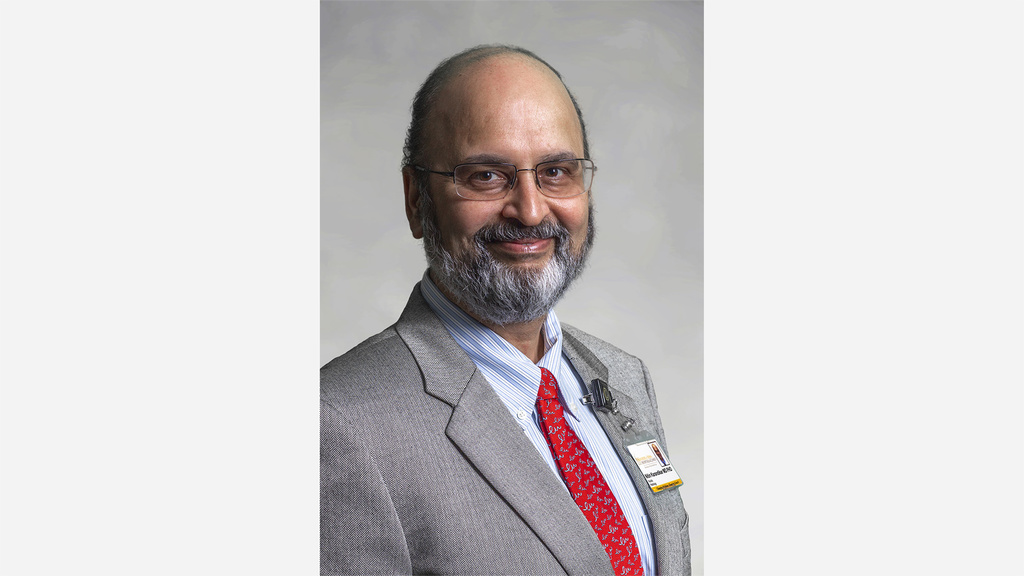
Nitin Karandikar, MD, PhD
2013Nitin Karandikar, MD, PhD joined the department on March 25, 2013 as the Chair and DEO of the Department of Pathology. Dr. Karandikar joined the department from University of Texas Southwestern (UTSW) Medical Center in Dallas, where he was Professor and Vice Chair of Pathology and held the Vernie A. Stembridge, MD Distinguished Chair in Pathology. After medical education at the University of Pune in India, Dr. Karandikar underwent pathology residency training at the same institution.